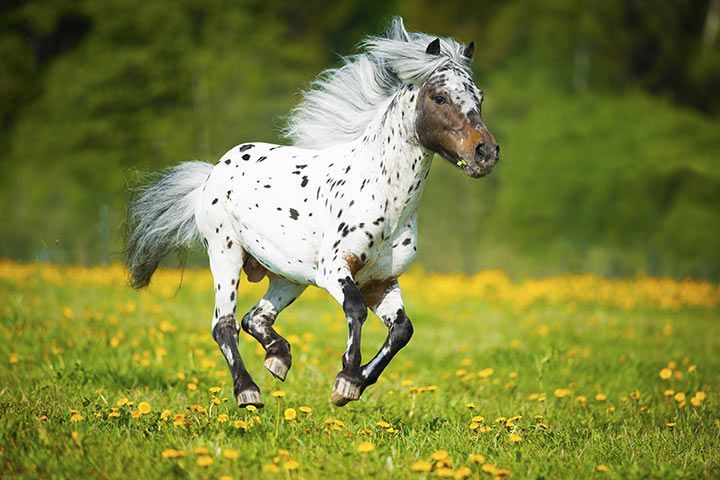Bathing a horse in winter can be a daunting task, yet it’s an essential aspect of equestrian care. Equestrian enthusiasts often wonder how to bath a horse in winter without causing discomfort or health issues. This article provides a comprehensive guide with tremendous tips and approved techniques to ensure your horse is clean and healthy even during the coldest months.

Why You Should Bath Your Horse in Winter?
One of the primary reasons to bathe a horse in winter is to maintain its skin health. During the colder months, horses can develop clogged pores and dandruff, especially if they wear blankets. Regular bathing helps in keeping the coat free of dirt and irritants.
The Importance of Cleanliness
Maintaining cleanliness is crucial for preventing infections and other health issues. When a horse’s coat is clean, it’s easier to spot any potential problems, such as skin irritations or wounds. This is especially important in winter, as the cold weather can exacerbate these issues.

Making Winter Bathing Comfortable
The main challenge with winter bathing is ensuring your horse stays warm. The following tips will help make the process both comfortable and efficient.
Choosing The Right Time
It’s best to bathe your horse during the warmest part of the day when the sun is out. This helps in drying the horse quickly and reducing the risk of chills.
Indoor Bathing
If possible, bathe your horse in a well-ventilated indoor area. A stable or barn with warm water facilities can make a significant difference. Ensure the area is draft-free to prevent your horse from catching a cold.

Essential Supplies for Winter Bathing
Before you start, gather all the necessary supplies. Having everything at hand will make the process quicker and more efficient. Below are some essential supplies you’ll need:
- Warm water
- Equestrian shampoo
- Sponges and brushes
- Waterproof blankets or sheets
- Dry towels
Using Warm Water
Using warm water is crucial for your horse’s comfort. Cold water can be shocking to their system and can cause them to tense up. Warm water helps to clean more effectively, loosening dirt and grime from their coat.
Choosing the Right Shampoo
Choose a shampoo specifically designed for horses. These shampoos are formulated to clean without stripping essential oils from their coat, which is particularly important in winter when their skin can easily dry out.

Step-by-Step Guide to Bathing Your Horse
Follow this step-by-step guide to ensure a thorough and efficient bath for your horse:
Preparatory Steps
Before you start, ensure your horse is relaxed and comfortable. Groom your horse to remove loose dirt and untangle the hair. This makes the bathing process much easier.
Wet The Horse’s Coat
Start by wetting your horses coat with warm water. Begin at the hooves and legs, working your way up to avoid startling your horse.
Apply Shampoo
Apply the equestrian shampoo to a sponge or cloth, then gently massage it into the coat. Pay close attention to areas prone to dirt build-up, such as the mane, tail, and underside.
Rinse Thoroughly
Thoroughly rinse your horse, ensuring all shampoo is washed out. Leftover shampoo can cause skin irritation and dryness.
Drying Your Horse
After rinsing, use dry towels to soak up excess moisture. Place a waterproof blanket on your horse to prevent chills. If possible, allow your horse to air dry in a warm and sheltered area.
Tremendous Aftercare Tips
After bathing, continue to monitor your horse for any signs of discomfort. Regular grooming and periodic baths throughout the winter can help maintain a healthy coat and skin.
Maintain Regular Grooming
Grooming should not end with the bath. Regular grooming helps distribute natural oils and keeps the coat healthy.
Balanced Diet
A balanced diet with adequate nutrients is essential for maintaining your horses overall health, including skin and coat condition.
Winter Bathing Safety Measures
To ensure your horse’s safety during winter baths, consider these crucial points:
Monitor for Hypothermia
Always keep an eye out for signs of hypothermia, such as shivering or lethargy. Keeping your horse warm and dry post-bath is crucial.
Use Safe Products
Ensure all products used are safe and suitable for equine use. Harsh chemicals can cause skin damage.
Frequently Asked Questions
How often should I bathe my horse in winter?
It’s recommended to bathe your horse as needed, typically once a month or when particularly dirty. Too frequent bathing can strip essential oils from the coat.
Can I use hair dryers on my horse?
Using hair dryers can be risky due to the noise and heat. It’s best to use dry towels and waterproof blankets to dry your horse naturally.
Are there alternative methods for cleaning my horse in winter?
Yes, you can use dry shampoos designed for horses. Regular grooming and spot cleaning with warm water and a cloth can also help keep your horse clean.
For more detailed advice on different equestrian care techniques, check out our article on bridling a horse and hoof trimming.
As an Amazon Associate, I earn from qualifying purchases.